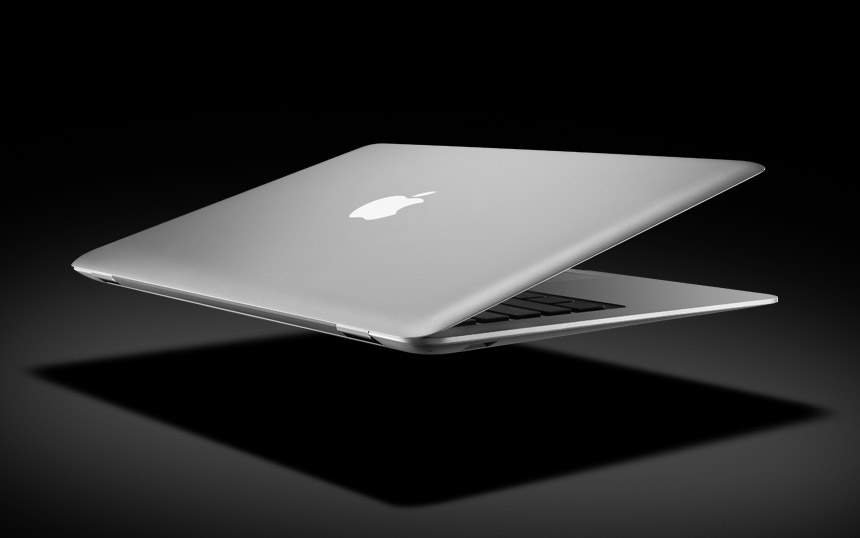Apple MacBook Air 13-inch

The original MacBook Air ($1,799 direct, 3 stars) took the concept of thin to a whole new level, but ended up sacrificing too much in the process. Just when you thought the MacBook Air was about to collapse under its shortcomings, Apple, inspired by what it did with the Apple iPad, breathes new life into the MacBook Air 13-inch ($1,299 direct). We all knew Apple had the design chops to push the boundaries of thin, but what it added in terms of features and performance set the precedent for what’s to come. After all, Steve Jobs called the latest MacBook Air, “the future of MacBooks.” The 13-inch version adds an extra USB port and an SD slot—features it desperately needed to compete as a laptop. It completely transitions to flash storage (SSDs), which, in addition to enabling the Air’s zippy wake-from-sleep times, made room for a bigger 50Wh battery and its over 5 hours of battery life. But for those who complained about the MacBook Air’s steep prices, they’ll be complaining for a while longer.
Design
Apple could’ve easily kept the MacBook Air 13-inch’s previous dimensions intact while packing in the extra features, as it still would have been the thinnest in the world. But that would have been one less thing to gloat about on stage. Remarkably, the MacBook Air 13-inch is thinner all around, measuring from 0.68 inches (from 0.76 inches) in the back to 0.11 inches (from 0.16) at the front bezel. The only other 13-inch laptop that comes close is the Dell Adamo XPS ($2,000 street, 3.5 stars) (13.3-by-10.7-by-0.4 inches), which has seen better days. Shaving millimeters off its gorgeous aluminum frame didn’t trim the weight, though, as it weighs as much as its predecessor—2.9 pounds. It’s lighter than ultraportables like the Sony VAIO VPC-Z1390X ($3,800 direct, 4 stars) (3 lbs) and Toshiba Portege R705-P35 ($899.99 list, 4 stars) (3.1 lbs), but these two also have built-in optical drives.
The physical size of the 13.3-inch widescreen matches that of its predecessor, the MacBook, and the MacBook Pro 13-inch (Core 2 Duo 2.4GHz). This particular screen, however, trumps that of its brethren because it packs in more pixels. Similar to how the iPhone 4 has its new retina display, the MacBook Air 13-inch receives a higher 1,440-by-900 resolution; the one found in its predecessor, the MacBook, and MacBook Pro 13-inch top out at 1,280-by-800. As you can imagine, the more pixels you pack into a screen, the more stunning photos, videos, and high-definition movies look. In terms of viewing experience, the Air’s new screen resolution puts it in the same category as the Sony VAIO VPC-Z1390X—a $3,000 laptop.
